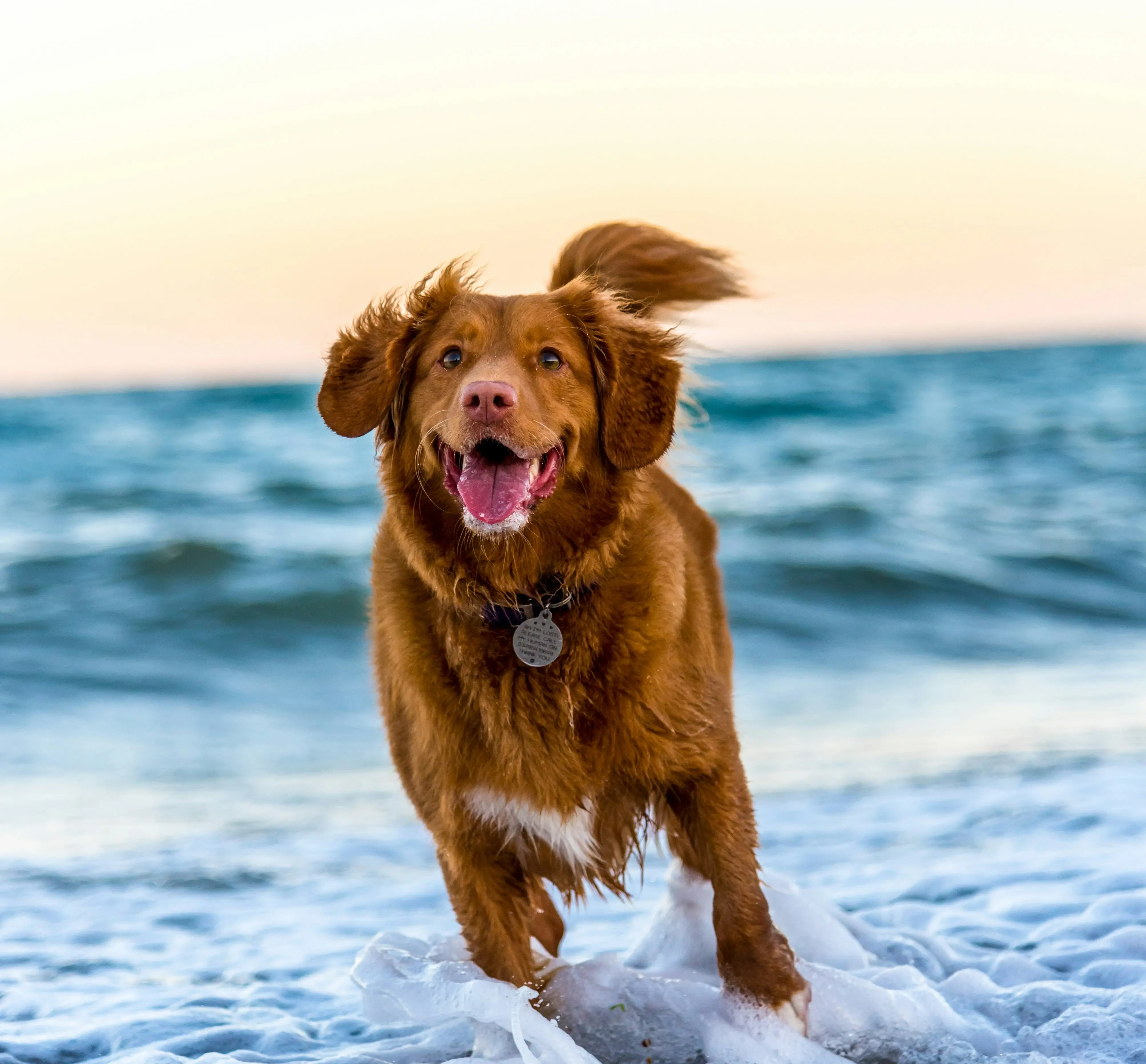Keeping your dog clean between grooming sessions is essential for both their comfort and health. Regular brushing, paw cleaning, and odor control can make all the difference in maintaining a fresh and happy pup. This guide will walk you through practical tips and tricks to keep your dog looking and feeling their best between professional grooming visits.
1. Regular Brushing to Reduce Shedding
Brushing your dog regularly helps control shedding and keeps their coat healthy. For dogs with longer fur, this is especially important as it prevents tangles and mats from forming. Brushing also removes dirt, debris, and loose hair, which can help reduce allergens in your home.
How to Do It:
- Short-Haired Dogs: Use a bristle brush or a grooming mitt to remove loose hair and dirt.
- Long-Haired Dogs: A pin brush or slicker brush is ideal for preventing mats and tangles.
- Frequency: Aim to brush your dog at least 2-3 times a week, but daily brushing may be necessary for high-shedding or long-haired breeds.
2. Cleaning Muddy Paws and Underbelly
After a muddy walk or rainy day, your dog’s paws and underbelly can get covered in dirt and debris. Cleaning them quickly can prevent tracked-in messes and discomfort for your pup.
How to Do It:
- Paw Wipes: Keep a pack of dog-friendly wet wipes handy to quickly clean off your dog’s paws after walks.
- Rinse with Water: If your dog’s underbelly is dirty, use a damp cloth or a handheld shower nozzle to rinse off any mud or debris.
- Dry Thoroughly: Always dry your dog’s paws and underbelly to avoid any moisture buildup, which can lead to irritation or skin issues.
3. Ear and Teeth Care
Even between full grooming sessions, it’s important to take care of your dog’s ears and teeth to avoid buildup that can lead to infections and bad odors.
How to Do It:
Teeth: Use dog toothpaste and a toothbrush to brush your dog’s teeth a few times a week. If brushing is difficult, try dental chews or water additives to help with plaque control.
Ears: Gently wipe your dog’s ears with an ear-cleaning solution or damp cloth to remove any wax or debris. Avoid inserting anything deep into the ear canal.
4. Keep Your Dog’s Bedding Clean
Your dog’s bed can collect dirt, oils, and even fleas if it’s not cleaned regularly. A clean bed can contribute to your dog’s overall hygiene and comfort.
How to Do It:
- Wash Bedding: Wash your dog’s bedding weekly or as needed, especially if it starts to smell. Use a mild, pet-safe detergent.
- Vacuum the Area: Regularly vacuum the area around your dog’s bed to keep it free from hair, dirt, and allergens.
6. Check for Fleas and Ticks
Fleas and ticks can lead to skin irritation, infections, and more serious health issues. Regularly check your dog for these pests, especially after outdoor adventures.
How to Do It:
- Routine Checks: Run your fingers through your dog’s coat, paying close attention to areas like the neck, ears, and underarms. Look for signs of fleas or ticks.
- Preventative Measures: Make sure your dog is on a flea and tick preventative program. Consult your vet for the best options based on your dog’s lifestyle.
By following these tips, you can help keep your dog clean, comfortable, and healthy between grooming sessions. Regular maintenance not only keeps your dog healthy and looking great, but it also promotes a stronger bond between you and your pet as you care for their well-being.

